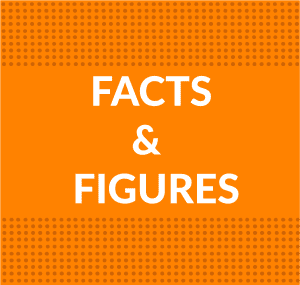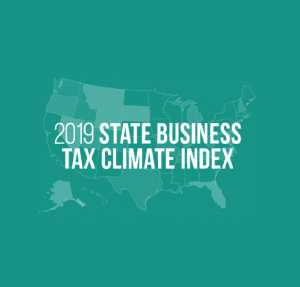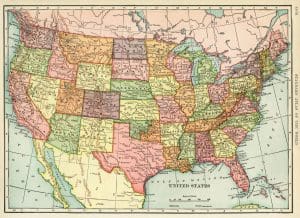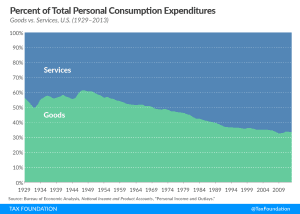

How does Kansas’s tax code compare? Kansas has a graduated individual income tax, with rates ranging from 3.10 percent to 5.70 percent. There are also jurisdictions that collect local income taxes. Kansas has a 4.00 percent to 7.00 percent corporate income tax rate. Kansas has a 6.50 percent state sales tax rate, a max local sales tax rate of 4.25 percent, and an average combined state and local sales tax rate of 8.66 percent. Kansas’s tax system ranks 25th overall on our 2023 State Business Tax Climate Index.
Each state’s tax code is a multifaceted system with many moving parts, and Kansas is no exception. The first step towards understanding Kansas’s tax code is knowing the basics. How does Kansas collect tax revenue? Click the tabs below to learn more! You can also explore our state tax maps, which are compiled from our annual publication, Facts & Figures: How Does Your State Compare?




Our updated 2019 edition of Facts & Figures serves as a one-stop state tax data resource that compares all 50 states on over 40 measures of tax rates, collections, burdens, and more.
1 min read



Our 2019 State Business Tax Climate Index compares each state on over 100 variables including corporate, individual, property, and sales taxes. How does your state rank?
17 min read




Important lessons can be learned from other state experiences with tax reform. While Kansas teaches us what not to do, Utah, Indiana, North Carolina, and the District of Columbia illustrate that smart, sensible tax reform is possible.
28 min read

While most states enact tax changes at the beginning of the calendar year, a number of them implement changes at the beginning of the fiscal year. Eight states have tax changes that will take effect on July 1, 2017, the beginning of the 2018 fiscal year.
8 min read



